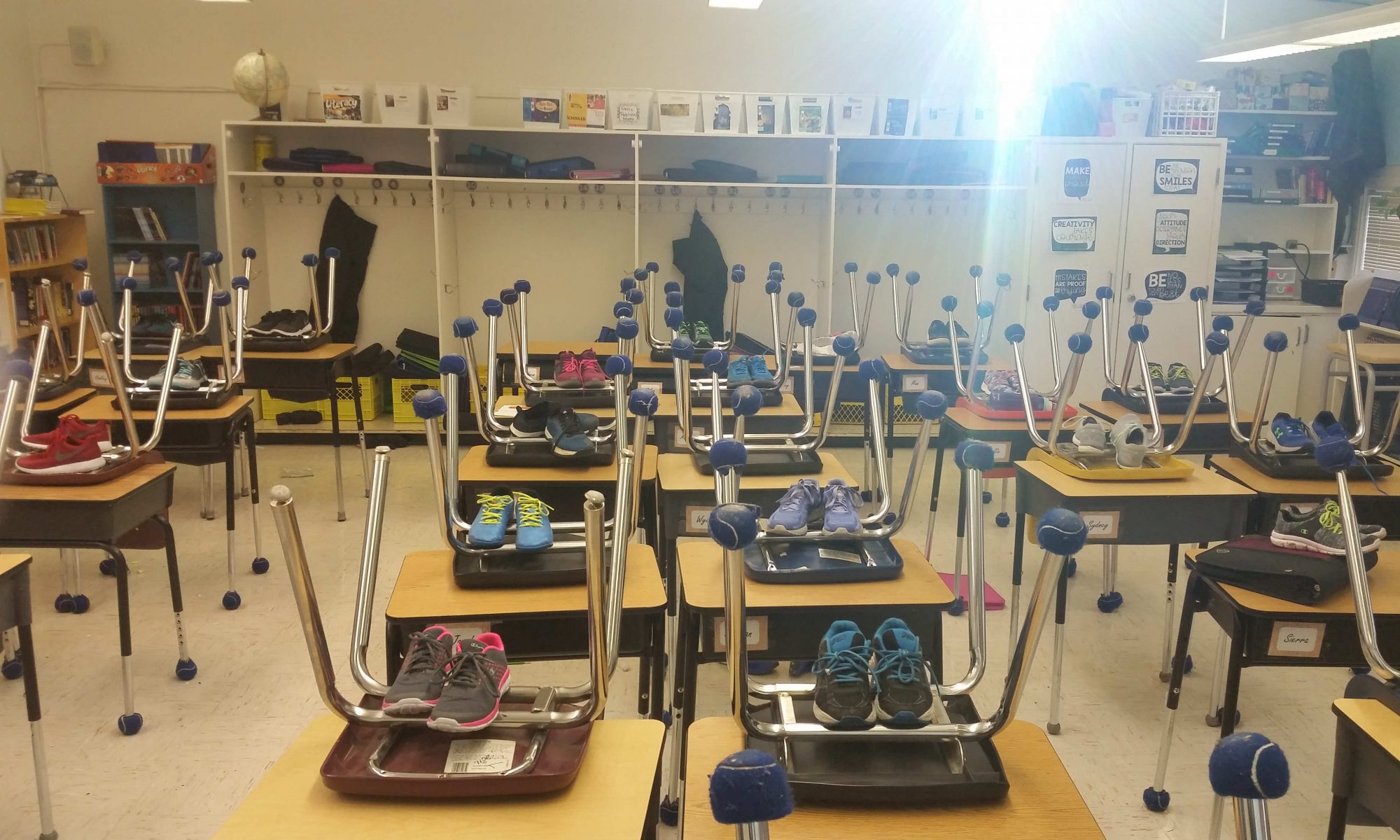According to the Levine article, school curricula is developed with culture, politics, ideology, post-secondary institutions, and public interests in mind. This information showed me that the curricula is developed with third party influence. I found this information quite insightful and interesting because of the post-secondary influence. However, I am concerned for how much influence third parties have. Ideology and public interest groups are neither educators nor masters of the content and material. Why are they given so much influence? This is the question I ask myself because of profession. I think, people who are trained educators and good at their discipline (English, mathematics, etc….), should have a greater influence. This is like asking the public to write a book on astrophysics. Now, we will explore the author’s opinion on treaty education (Levin, 2008, p. 22).
I see that there are connections between political interest groups, public interest groups, aboriginal interest groups, and post-secondary institutions. I think, the main tension is between aboriginal interest groups and the public because of differing perspectives. I think, the public will oppose certain topics, while the aboriginal interest groups will want more topics and depth. There will, also, be issues with different interests, different perspectives, and platitudes. I think, tension from aboriginal groups and the public will be the worst for white instructors. Hopefully, we are able to train more aboriginal educators, to specifically teach treaty education; this will prevent the embarrassing, white person teaches treaty education. Otherwise, it will look patronizing. Even allowing an aboriginal educational assistant to help teach the class is more inclusive and equitable (Levin, 2008, p. 22) (Kytwayhat, 2013, p. 3 – 4).
References
Levin, B. (2008). Curriculum policy and the politics of what should be learned in schools. In F.
Connelly, M. He & J. Phillion (Eds.), The SAGE handbook of curriculum and instruction
(pp. 7 – 24). Los Angeles, CA: Sage
Kytwayhat, Elder. Alma. & Linklater, Elder. Walter. (2013). Treaty Education Outcomes and
Indicators [PDF]. Retrieved
from https://www.edonline.sk.ca/bbcswebdav/library/materials/english/docs/T
reaty%20Education%20Outcomes%20%26%20Indicators%20-
%20Feb%2021%202013.pdf

